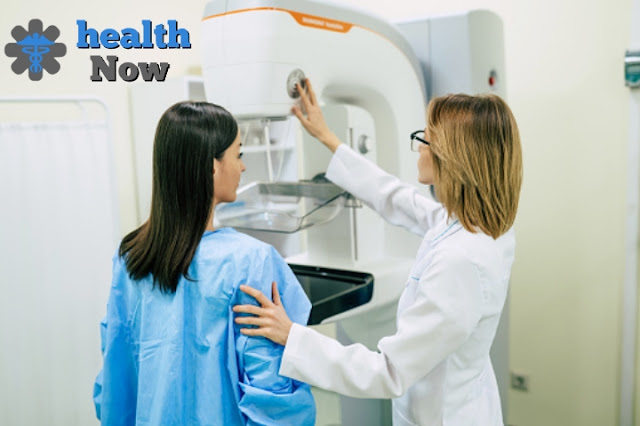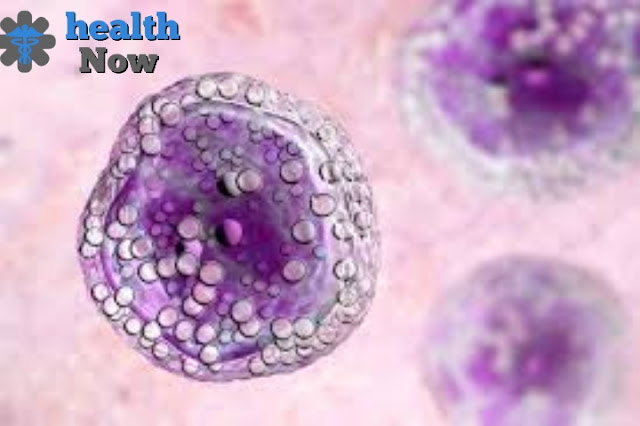What is small lymphocytic lymphoma?
small lymphocytic lymphoma is a lethargic (slow-developing) non-Hodgkin lymphoma that influences B cells.
B cells (otherwise called B lymphocytes) are specific white platelets. Under typical circumstances, they produce immunoglobulins (likewise called antibodies) that assist in safeguarding our bodies against contamination and sickness.
The World Health Organization (2016) characterizes small lymphocytic lymphoma and CLL (persistent lymphocytic leukemia) as basically similar illnesses. The distinction between small lymphocytic lymphoma and CLL is where the blood disease is found.
CLL has a large portion of the carcinogenic B lymphocytes in the circulatory system (like leukemia), though small lymphocytic lymphoma has the vast majority of the destructive B lymphocytes in the lymph hubs and lymphoid tissue like the spleen and the tonsils (like a lymphoma).
small lymphocytic lymphoma and CLL can be coupled together and communicated as small lymphocytic lymphoma/CLL. Around 300 Australians will be determined to have small lymphocytic lymphoma every year addressing 5% of all lymphomas.
The main indication of small lymphocytic lymphoma is generally an effortless expansion in the neck, armpit, or crotch which is made by extended lymph hubs due to penetration of typical lymph hubs by the harmful B-cells.
Different side effects of small lymphocytic lymphoma might incorporate night sweats, fevers, and unexplained weight reduction.
The carcinogenic B-cells typically seem ordinary under the magnifying lens, however, they are not completely evolved and have explicit proteins on a superficial level known as CD5 and CD19. These B-cells are youthful cells and don't work as expected subsequently.
How does small lymphocytic lymphoma/CLL affect the body?
small lymphocytic lymphoma/CLL which gathers in bone marrow and spleen can deplete the number of solid platelets in circular blood (blood that flows through the body).
Due to low red platelets (pales) and low platelet numbers in circulation (thrombocytopenia), wind and a tendency to wound or drain may occur. These side effects may require the packaging of red platelets or platelets.
This problem is hinted at as bone marrow disappointment and is due to the normal bone marrow overexposure to harmful B cells.
The complexities of small lymphocytic lymphoma/CLL are interesting.
Richter syndrome/transformation.
Richter syndrome (RS), otherwise called Richter conversion, is an interesting complication of small lymphocytic lymphoma/CLL which forms mainly into a more robust type of massive cellular lymphoma.
Even though all/small lymphocytic lymphoma is mostly slow in malignant blood growth, in a modest number of individuals who promote RS (2-10%), treatment will be like the treatment given to strong blood tumors in B cells.
Pale hemolysis and immunofluorescence.
small lymphocytic lymphoma/CLL can suppress non-convertible frames and make pollution control more annoying. It can likewise make the unbearable framework attack itself known as autoimmune.
At the point where this occurs, it may create two precarious circumstances. At the point when the safe frame attacks the red plates, an interaction referred to as AIHA occurs. About 7% of patients with small lymphocytic lymphoma/CLL have AIHA at some point.
At the point at which platelets (the thick part of the blood) disappear by the safe frame, resistance platelet foliage (ITP) occurs. AIHA and ITP may require an urgent ongoing clinical study involving the treatment of basic malignant growth in the blood.
Who affects small lymphocytic lymphoma/CLL?
Small lymphocytic lymphoma/CLL affects adults and is typically analyzed in individuals who mature north of 60 years. The average time to find an individual is 65 and it is more normal in men than in women.
What causes small lymphocytic lymphoma/CLL?
Reasons SLL/CLL are mysterious. Specialists and scientists are constantly working to understand the specific tools that cause this infection. It is not irresistible and cannot be given to others.
How to handle small lymphocytic lymphoma/CLL?
The genetic test of small lymphocytic lymphoma/CLL is prescribed before beginning treatment. This recognizes any chromosomal abnormality or explicit changes in quality before treatment and is necessary to help your treatment join stability on the most appropriate treatment.
Individuals who feel good and have no side effects are generally supervised by surveillance and stop (dynamic perception as it was).
This includes standard meetings with the treatment group that will examine the individual's condition. If side effects arise, an individual becomes sick, massive cancers occur or bone marrow disappointment, treatment should be initiated.
Standard drug treatment.
Your treatment group can use the term "standard of care" or "standard treatment." This is a treatment in which clinical specialists are generally involved for a particular type of disease.
SLL treatment may include the use of low or very concentrated chemotherapy, more recently with a specific treatment such as monoclonal immune. This is commonly known as chemotherapy.
The combination of drugs will depend on your age, stage of illness, and risk factors. Your therapeutic group will think about these things and examine your best treatment. These drugs are administered in the structure of tablets, filled under the skin, or intravenously.
Specific treatments.
 |
| Specific treatments. |
Monoclonal antibodies.
Monoclonal antibodies work by helping an individual's fortified frame perceive destructive cells as unfamiliar and kill them.
Proton Tyrosine Kinase Inhibitors (BTK).
Bruton Tyrosine Kinase (BTK) inhibitors are an advanced pool of new drugs that curb the BTK catalyst. They help detonate cell demise by obstructing and overcoming the B cell receptor used by leukemia and lymphoma for development.
Small lymphocytic lymphoma/CLL uses B cell receptors that indicate development and tolerance, so impeding this pathway prevents malignant blood growth from growing and overcoming it.
Fixed Care.
Strong consideration stops and treats side effects and subsequent effects. Similarly, it can include assistance close to home and social assistance.
The goal is to develop the side effects of your SLL/CLL, however, it does not treat the actual infection. Individuals with stage B and C small lymphocytic lymphoma/CLL may have a steady consideration by treatment.
This can include blood bonds or platelets. Blood bonds are a bag of red platelets that are gradually given through the vein in a facility or a short-term ward in the clinic. Platelets are similar to red platelet binding, but you will be given a bag of platelets instead of stuffed red plates.
Steroids.
Steroids are an important part of the treatment of small lymphocytic lymphoma/CLL. They have many abilities including the ability to develop the blood count of acoustic cells and treat immune system problems.
non-differentiated cell cultivation.
Bone marrow or non-differentiated cell transfer can be suggested for some individuals with high gambling or high-level disease after starting treatment.
The transfers of foundational microorganisms may be subjective (the individual's non-distinct cells are used), or subtle (non-differentiated cells from a donor).
Fanciful remittances in individuals with small lymphocytic lymphoma/CLL have proven successful in recovering individuals with the disease, but there are serious risks and subsequent effects related to such remittances, which is why they are generally given simply to individuals with moderate youth and fitness. Your treatment kit will stimulate what's best for you.
Clinical Trials.
New drugs for small lymphocytic lymphoma and CLL are constantly explored and individuals may be welcomed by the PCP to participate in a clinical primer to consider another treatment against the best accessible standard treatment.
Even though small lymphocytic lymphoma and CLL are now seen as dangerous, there is the confidence that new treatments will eventually give the solution to cure these diseases. Association in clinical qualifications is urgent to respond to these queries.
Read more.
What is mesothelioma disease. Diagnosis and how it is treated.


